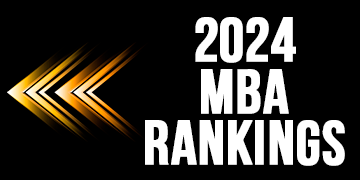UCLA Anderson Forecast Expects Modest Growth and Some Disruptions
UCLA Anderson Forecast’s third quarterly report in 2017 anticipates modest growth in real GDP with gains in employment. On a national level, a number of pro-growth economic policies involving proposed tax cuts, investment in infrastructure and regulatory relief were expected to be initiated this year by the new administration in Washington, but few have transpired. Although there has been some progress on the regulatory front, challenges remain on a host of issues, including immigration, health care and trade policies. In California, the forecast is slightly lower, reflecting the administration’s difficulties in getting proposals passed.
The National Forecast
In his outlook for the national economy, UCLA Anderson Forecast Senior Economist David Shulmannotes that the economy has grown, despite chaos in Washington, and is expected to continue to grow at more than 2%, while operating at full employment. He writes that growth will continue with real GDP increasing by 2.1%, 2.8% and 2.1% in 2017, 2018 and 2019, respectively.
The impact of tropical storms Harvey and Irma will lower growth slightly from previous expectations for the current quarter and possibly the fourth quarter, with an increase now expected early next year. As building efforts intensify, the optimism for 2018 is based on expectations that Congress will ultimately enact a tax cut and a formal infrastructure package later this year, which could increase the federal deficit to about $700 billion in 2019. “In this environment, the unemployment rate will remain at or below the current 4.4% for the forecast horizon,” Shulman writes.
“On the spending side, we anticipate a $250 billion infrastructure program and a material increase in defense appropriations coming from increased global tensions, especially with respect to North Korea, which will make missile defense spending a top priority,” he says. “Aside from defense, the sources of growth over the next two years will come from consumption, housing (in 2018) and equipment spending. Should we be wrong on the tax cuts, growth would be slower,” Shulman adds.
Inflation will increase modestly, running slightly above the 2% range. The combination of full employment and somewhat higher inflation will prompt the Fed to continue its modest tightening path by raising interest rates roughly 25 basis points per quarter into 2019.






